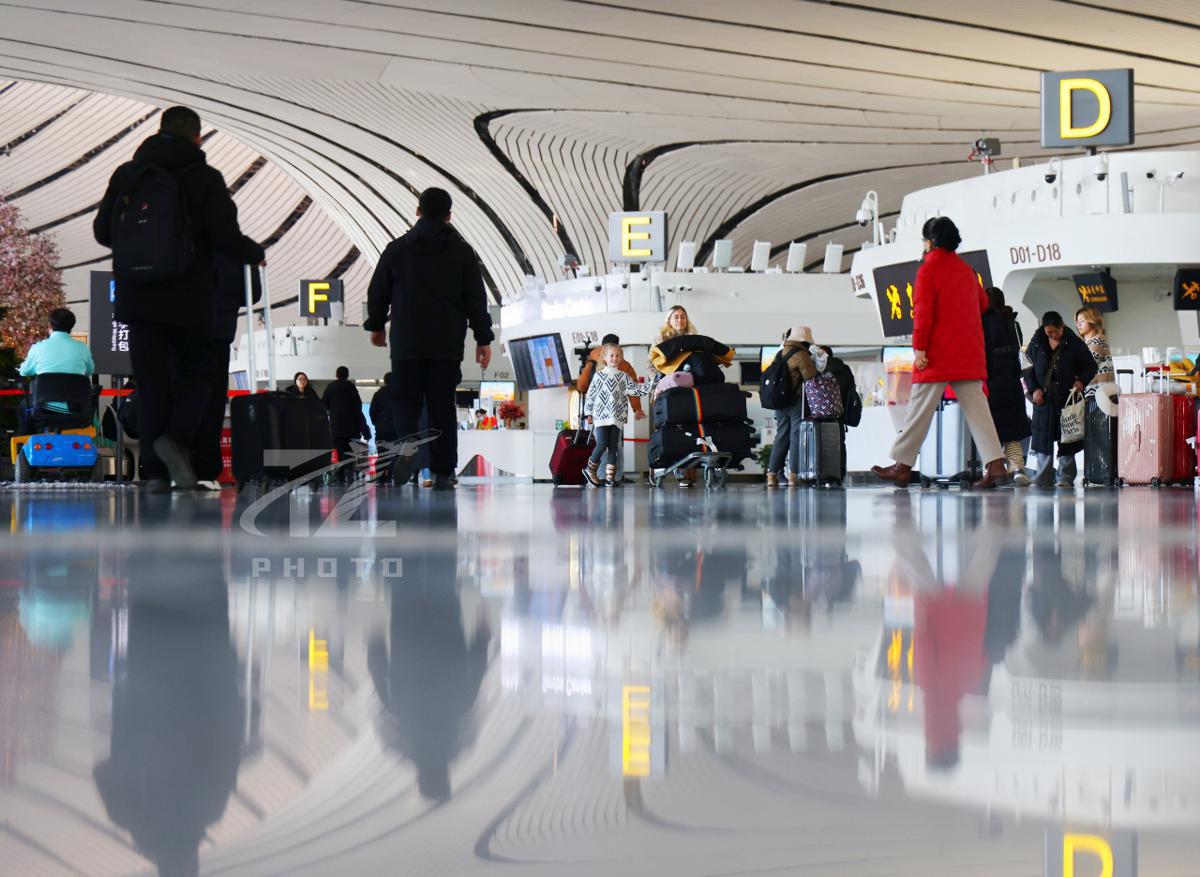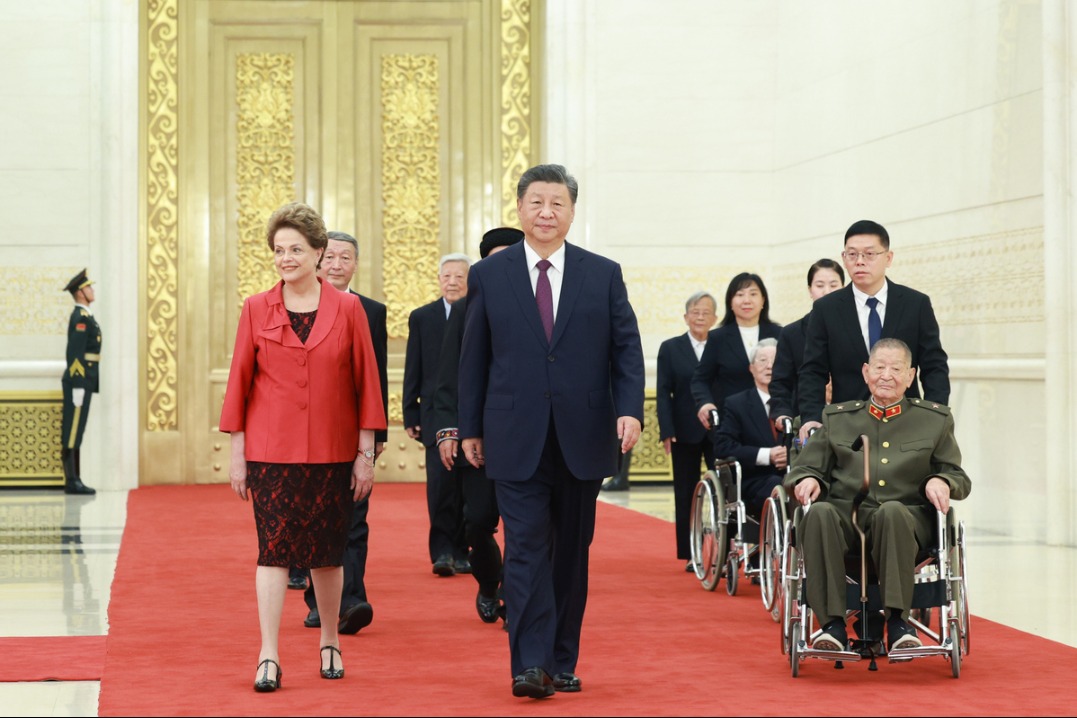China's outbound travel outlook bright this year
By WANG MINGJIE in London | chinadaily.com.cn | Updated: 2024-01-05 21:55

The recovery of international travel in 2023 was slower than expected. However, experts are optimistic that this year, a full recovery will occur, reestablishing China as the world's largest travel market.
The latest data from the United Nations World Tourism Organization indicated that the Chinese outbound tourism market recovered to about 55 percent of pre-pandemic levels in the third quarter of last year.
As reported by United Kingdom-based global travel data provider OAG, in November, China's domestic air carrier passenger volume surpassed 2019 levels by 11 percent, but international seats were just 57 percent of numbers seen in November 2019.
Oliver Sedlinger, an international tourism consultant at Sedlinger and Associates in Beijing, is optimistic about the Chinese market. He predicts a positive outlook for 2024, emphasizing the need for the European travel industry to reengage with the Chinese market.
Sedlinger stressed the importance of reestablishing connections, staying informed of market trends, and not overlooking the vast potential of the Chinese market.
"For long-term strategic benefits, I think it makes a lot of sense to observe this market and to learn about its travel preferences," he added.
Wolfgang Arlt, director of the China Outbound Tourism Research Institute, expects fierce competition between China, the United States and Germany for the title of the largest global outbound tourism source market in 2023, with all three countries at similar levels.
However, Arlt stated that "in 2024, China for sure will be back as world No 1, with China's arrival numbers in most destinations to reach, at the very least, almost the same level as the pre-pandemic year of 2019".
Tiana Tian, a market research analyst at Dragon Trail, a China-based digital marketing and travel firm, said this year should be a year of recovery, with the remaining 30 percent of lost travel demand gradually returning throughout the year, driven by holiday periods including the May Day and National Day holidays, and with a full recovery to pre-pandemic levels by the end of 2024.
Tian said that preferences among Chinese tourists are evolving toward high-quality and experiential travel. Personalized and flexible travel packages are gaining popularity, while self-driving tours and specialized tourism offerings tailored to specific interests are also grabbing attention. These trends are particularly prominent among the post-90s and post-00s generations, who exhibit a preference for independent travel planning.
Chinese tourists made 155 million overseas visits in 2019, spending a staggering $255 billion, data from the China Tourism Academy and the UNWTO showed. The number was nearly double the total spent by visitors from the US, three times the total spent by the Germans and almost four times that spent by the British.
A recent report by the World Travel and Tourism Council revealed that travelers from the Chinese mainland surpassed individuals from other markets in terms of shopping expenditures. Chinese travelers spent $1,350 per person on average, highlighting their significant contribution to the global tourism market.
David Goodger, managing director for Europe and the Middle East at Tourism Economics, said, "Chinese travel will take further large strides toward recovery in 2024 and we anticipate that international travel spending will surpass 2019 values this year."
Goodger believes that an environment of increasing wealth and continued growth of the travel class will mean that there will also be many new travelers that would like to take some of the more traditional package tours.
"As recovery continues, we anticipate that Chinese travelers will visit a wider range of destinations and participate in additional activities. Some continued shift in per trip spend (in real, inflation-adjusted terms) is likely to persist," he added.
























